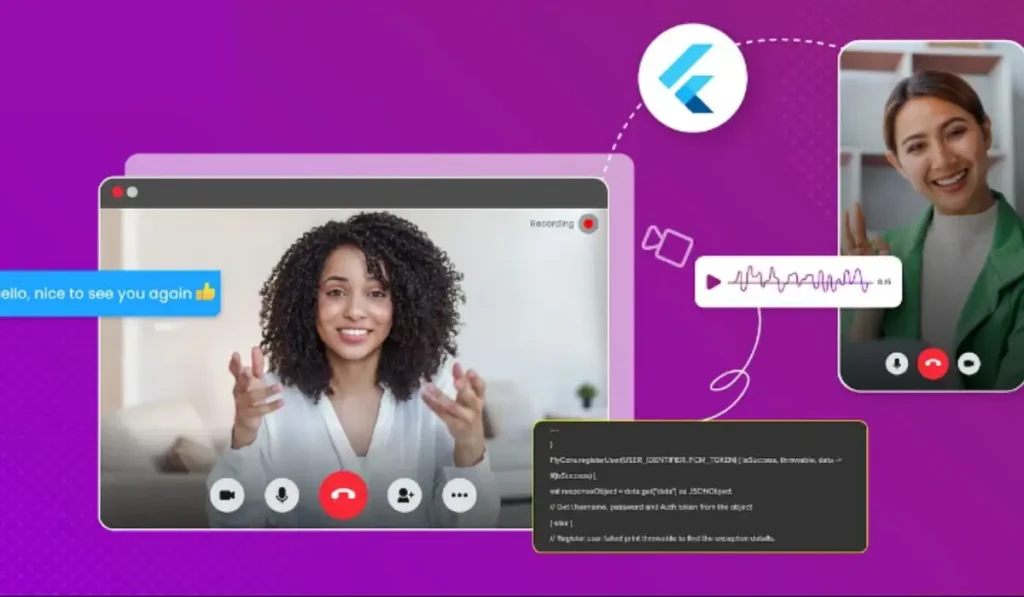
In 2025, video calls have become an essential part of our daily lives—be it remote work meetings, virtual classes, or catching up with loved ones.
However, nothing ruins a good conversation like lagging video, glitchy audio, or sudden disconnections.
If you want to ensure smooth, professional, and lag-free video calls, this guide will walk you through the key areas: internet speed, device setup, and the right video chat apps.
🧠 Why Lag Happens in Video Calls
Before jumping into the tips, it helps to know the main reasons behind lag and poor call quality:
- Slow or unstable internet connection
- Low-performance devices or outdated hardware
- Overloaded Wi-Fi networks
- Unoptimized video call software or wrong settings
Let’s fix that.
📶 1. Internet: Your Connection Is the Lifeline
✅ Recommended Internet Speeds:
- For HD video calls: At least 5 Mbps upload/download
- For group calls in HD: 8–10 Mbps
- For 4K video calls: 25 Mbps or more
📌 Tips to Improve Internet Speed:
- Use a wired Ethernet connection instead of Wi-Fi for stable performance.
- Move closer to the Wi-Fi router if you must use wireless.
- Restart your router regularly to clear cache and performance issues.
- Upgrade to dual-band routers (2.4GHz + 5GHz) for better performance.
- Avoid sharing the internet with heavy downloaders or streamers during your call.
🖥️ 2. Setup: Optimize Your Device for Smooth Video
💻 Device Optimization Tips:
- Close unnecessary apps and background processes before starting the call.
- Plug in your laptop (if battery saver is on, it may throttle CPU).
- Keep your software and OS updated (Zoom, Teams, browser, etc.).
- Use headphones or earbuds with a mic to prevent echo or audio lag.
- Use a webcam with at least 720p HD resolution (most laptops have it built-in, but external webcams are better).
📷 Bonus Tip: Lighting & Position
Poor lighting can cause webcams to use more processing power. Use natural light or a ring light to improve video clarity and reduce lag.
📲 3. Apps: Choose the Right Video Calling Platform
Different apps have different system requirements and bandwidth usage. Choose wisely based on your needs.
🏆 Best Video Chat Apps for Lag-Free Experience in 2025:
| App | Pros | Ideal For |
|---|---|---|
| Zoom | Highly optimized, HD/4K support, low latency | Professional meetings, webinars |
| Google Meet | Browser-based, lightweight, secure | Education, quick meetings |
| Microsoft Teams | Deep Office 365 integration, reliable performance | Corporate communication |
| Discord | Voice-first, great screen sharing, low CPU use | Gaming, casual chats |
| Skype | Simple UI, solid video quality | Family & friends |
🔒 Tip: Always test your video call setup 10 minutes before the scheduled time using the app’s built-in test tools (Zoom Test, Meet preview, etc.)
🛠️ 4. Bonus Tips for Ultra-Smooth Calls
- Use “Do Not Disturb” mode to prevent interruptions.
- Record calls locally (not to the cloud) if your internet is slow.
- Avoid multitasking during the call—screen sharing or running games in the background can affect performance.
- Choose lower video quality settings (e.g., 480p) in low bandwidth situations.
✅ Final Thoughts
Hosting a lag-free video call isn’t rocket science—it just needs the right internet setup, a little device tuning, and choosing the best app for your purpose. Whether you’re in a virtual office meeting or having a video dinner with friends, these tips can ensure your call goes off without a hitch.



